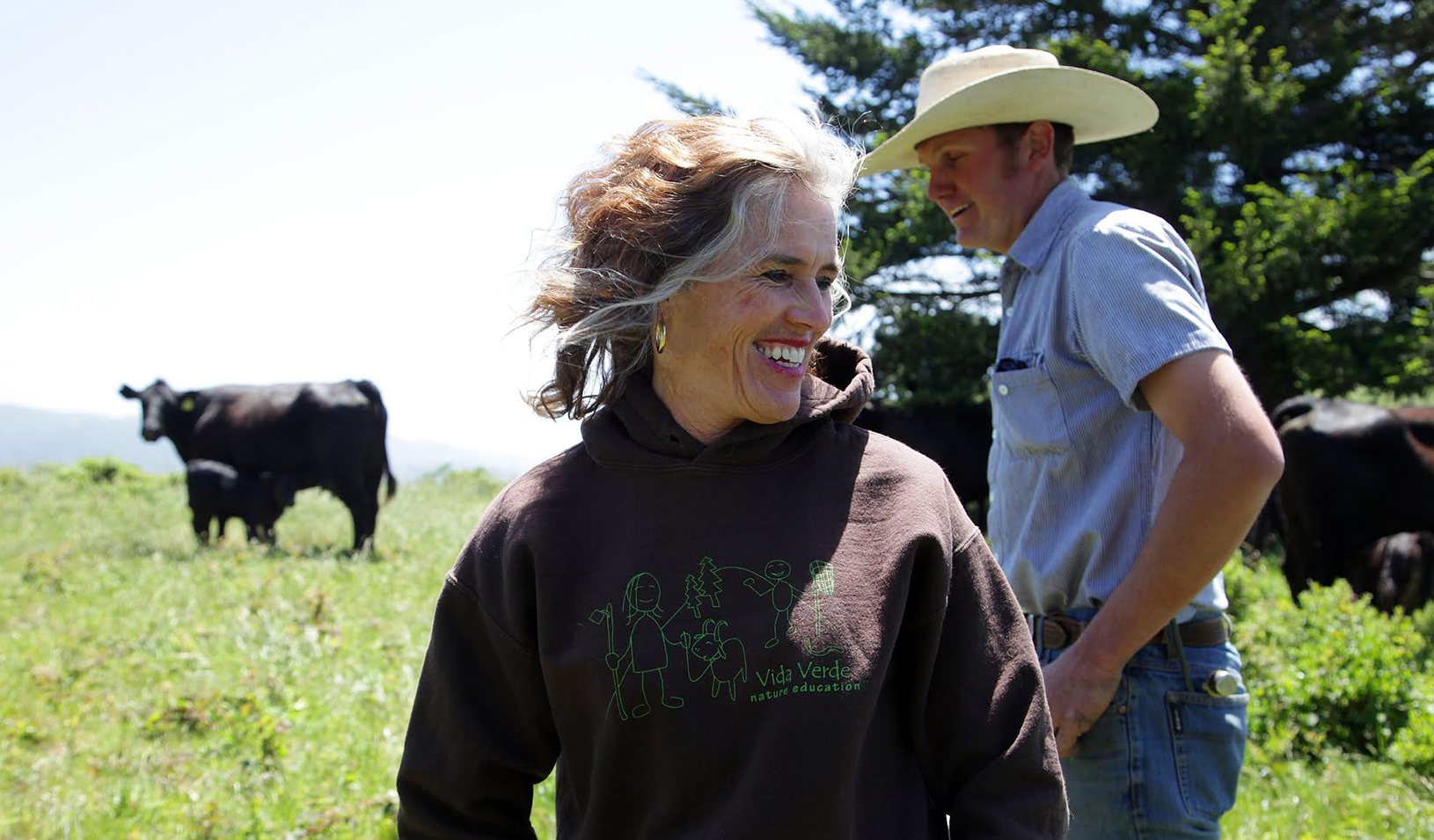
Social impact investing takes many forms these days. Investors can bring capital to worthy causes that otherwise wouldn’t be funded by investing in privately held businesses, or engage with other shareholders to put pressure on less socially motivated companies. They, too, can make so-called “sacrificial” investments in innovative social enterprises by accepting below-market, risk-adjusted returns as the price for doing public good.
Brest Soundcloud
But vetting both the philanthropic causes and the potential financial returns takes work, says Paul Brest, emeritus dean and professor at Stanford Law School, who discussed impact investing with Insights by Stanford Business following a May 1 symposium sponsored by the Center for Entrepreneurial Studies at Stanford Graduate School of Business.
Do Your Homework

Like anyone funding a venture, social impact investors who seek to generate financial returns while leaving a positive mark on the world need to do their homework, says Brest. Sometimes, the research that impact investors face can be more daunting than that for traditional investors, adds Brest, who also teaches courses on philanthropy and social investing at Stanford GSB. “If you’re doing pure philanthropy,” he says, “you do due diligence to see whether it’s a good nonprofit organization, and if you’re doing pure investment, you do due diligence to see if it’s solid and it’s going to bring a financial return.” Impact investing requires doing due diligence in both these areas.
The high analysis requirements may diminish the charitable impulse for some. “But if you’re going to be a savvy philanthropist or a savvy impact investor, you just have to push through that,” he says.
Seek Out a Fund Manager
The best impact investing fund managers “have the same knowledge of social enterprises that John Doerr at Kleiner Perkins has of high-tech social media investments: great knowledge of a particular market,” he says. The best ones see opportunities where others do not, he says. “And that’s where the trick is.”
Don’t Ignore Government Projects
Brest is particularly intrigued by a relatively new type of social impact investing in which investors put up the initial capital for innovative government pilot programs. Such pay-for-success contracts, also known as social impact bonds, started about a decade ago. They are allowing governments to experiment with new ways of dealing with chronic social problems.
One such project, the Massachusetts Juvenile Justice Pay-for-Success Initiative, was launched in summer 2012 by then-Gov.Deval Patrick. At the time, two-thirds of the young males caught up in the commonwealth’s juvenile justice system were landing back in jail within five years. So Massachusetts hired a nonprofit subcontractor named Roca to provide intensive life skills coaching and employment training for nearly 1,000 high-risk young men, ages 17-23, on probation or exiting the juvenile justice system.
The seven-year project received its initial funding from social impact investors and philanthropists rounded by Third Sector Capital Partners. If an independent third-party evaluator eventually declares that Roca has met its target outcomes — reductions in days of incarceration, increases in job readiness, and increases in employment — the investors will be repaid, plus interest, by the Commonwealth of Massachusetts and the U.S. Department of Labor.
Bringing Accountability to Nonprofits
Brest says one of the most promising things about pay-for-success projects is that they emphasize measurable outcomes. “That in itself is fairly unusual in government contracts,” he says. It can help nongovernmental organizations too. “It’s a terrific way for nonprofit organizations, which are often pretty sloppy about outcomes, to become more disciplined,” he says.
Attracting Investors Can Be Challenging
Negotiating specific outcomes with multiple stakeholders and rounding up investors willing to pay for such experimental social programs may prove too cumbersome for some. “If you think about the plumbing system involved in putting this all together, it’s pretty complicated,” Brest says. There may not be enough investors willing to accept below-market risk-adjusted returns, or they may decide they could do just as well simply by making grants.
Yet Brest estimates that about 30 or 40 such projects have been launched or are being negotiated in the United States. In Silicon Valley, Santa Clara County has put out two requests for proposals: one dealing with acute mental health problems and the other with homelessness, he says. “If this works, you’re going to find new ways of financing social enterprises and allowing them to scale in a way that philanthropy alone can’t do.”



